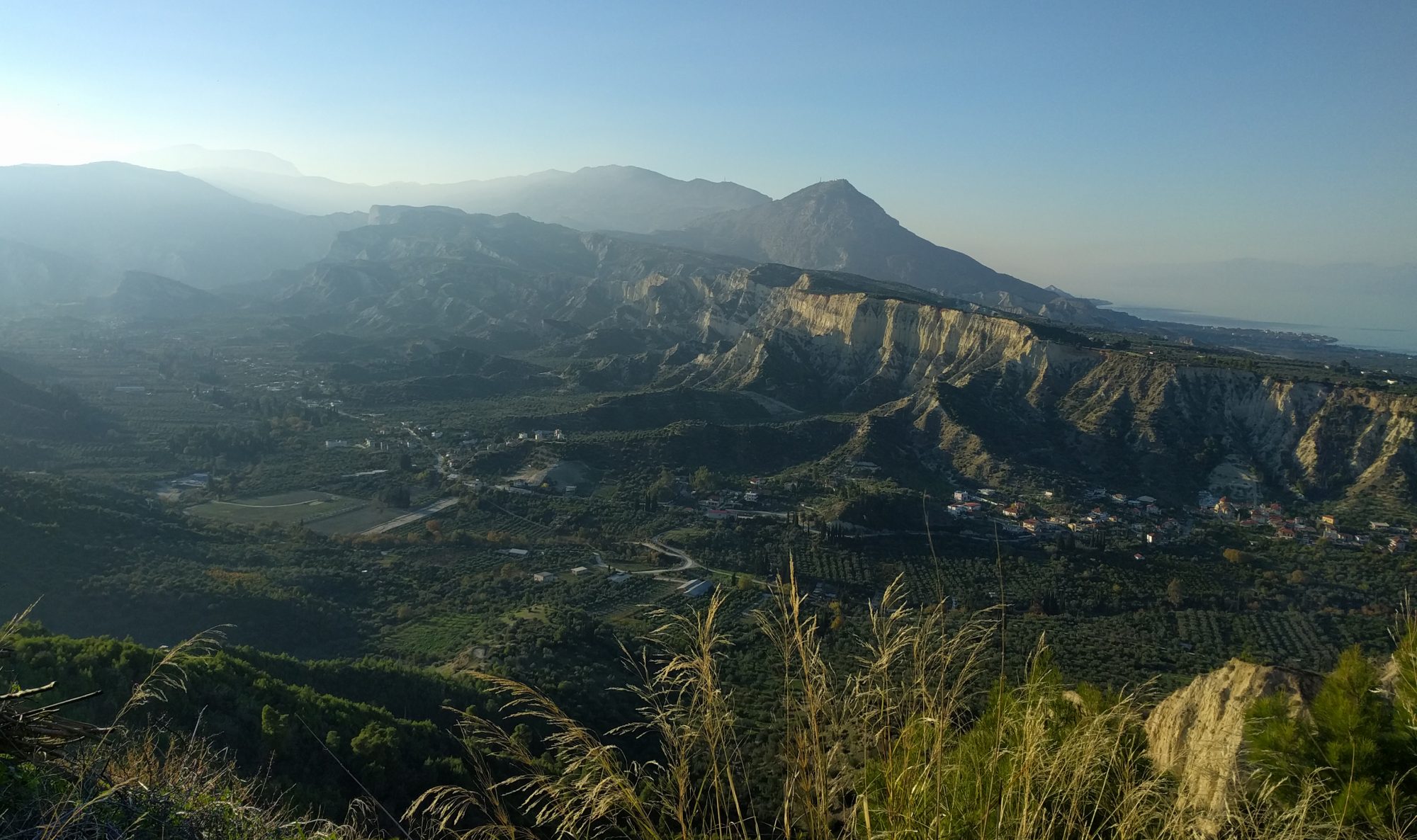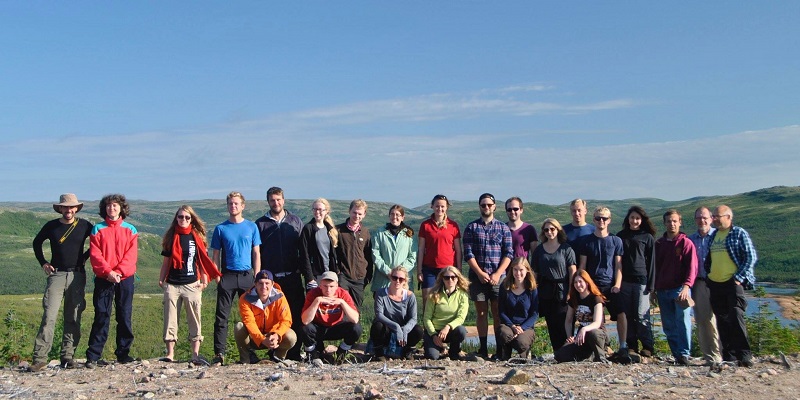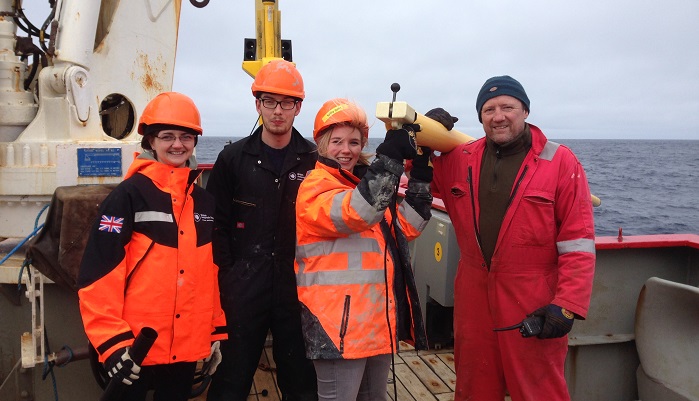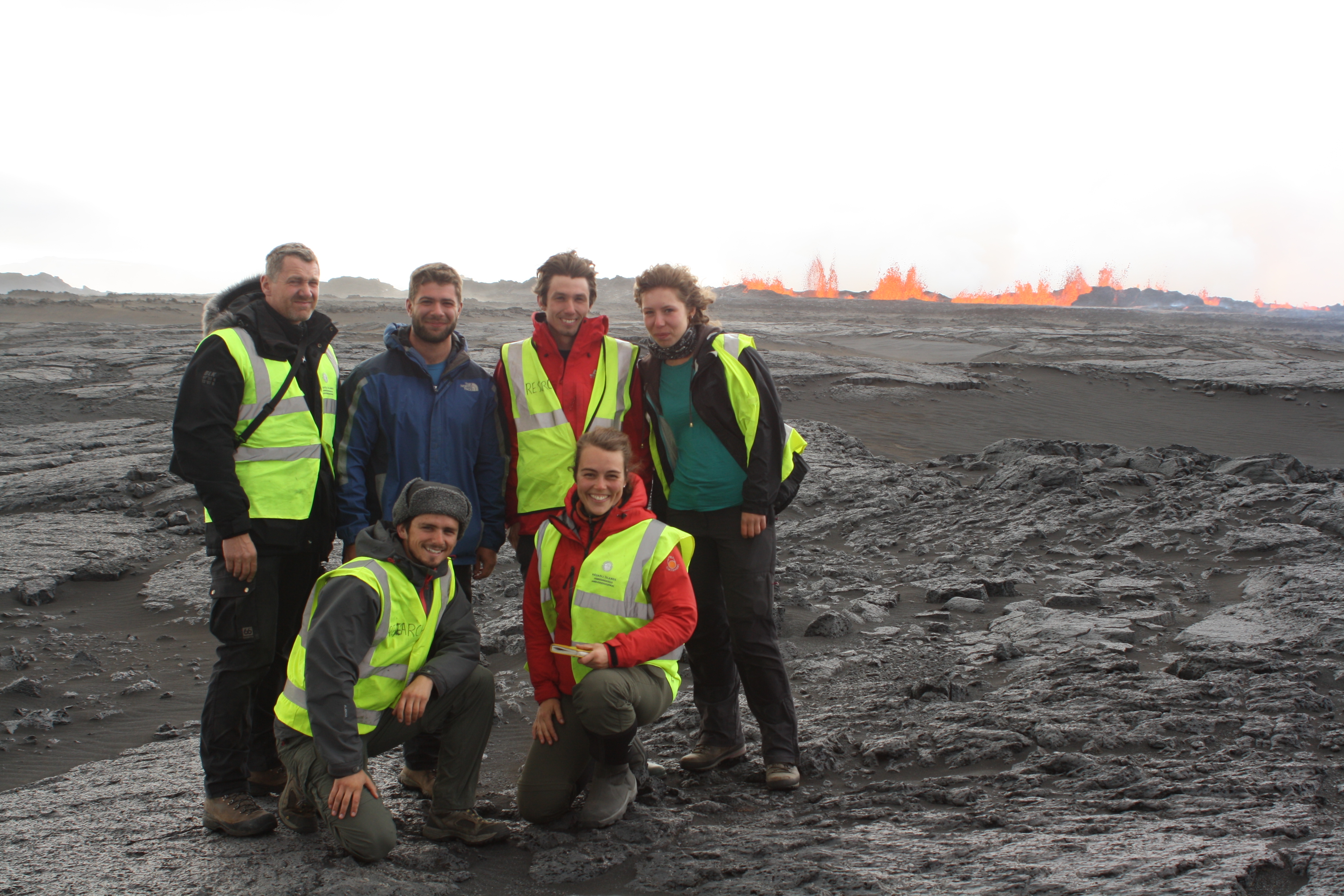Continue reading “NERC DTP fieldtrip to Newfoundland and Labrador: the industry perspective”
Adventures in Antarctica
During February 2015, I was lucky enough to participate in a research cruise off the west coast of the Antarctic Peninsula. For five weeks our family of geologists, geophysicists, oceanographers and crew collected data, mainly seismic and cores, on the James Clark Ross research vessel.
Lava adventures in Central Iceland
Since 2006, Professor Bob White has been operating a seismic network in the centre of the Icelandic highlands in order to understand how melt is distributed beneath the crust and hence how the crust is built. The volcano chosen is Askja, a spectacular composite volcano with 3 impressive, nested calderas. It last erupted in 1961 but its most spectacular eruption was a phreato-plininan eruption in 1875 which caused a mass exodus from NE Iceland. However, this summer, during a routine trip to download the data from the instruments it was side-lined by volcanic activity nearby.
Trails from the Outback
Part 1 – Tracking the First Colonizers of Land
The Sun was setting fast. Only about half an hour before it sunk beneath the horizon. But that was just perfect. For that’s when the Sun’s low, raking rays clipped the surface of Tumblagooda Sandstone, perched high above the Murchison River gorge in Western Australia. And there, running across the surface, like sets of miniature railway tracks, were three sets of parallel rows of little footprints made by multi-legged arthropods about 430 million years ago. Each trackway was as wide as my hand. One animal had followed another, then veered off to the left. Another, more faint set, had cut across them, moments later. Each trackway marked the activity of these animals for maybe just 20 seconds of their lives hundreds of millions of years ago.




